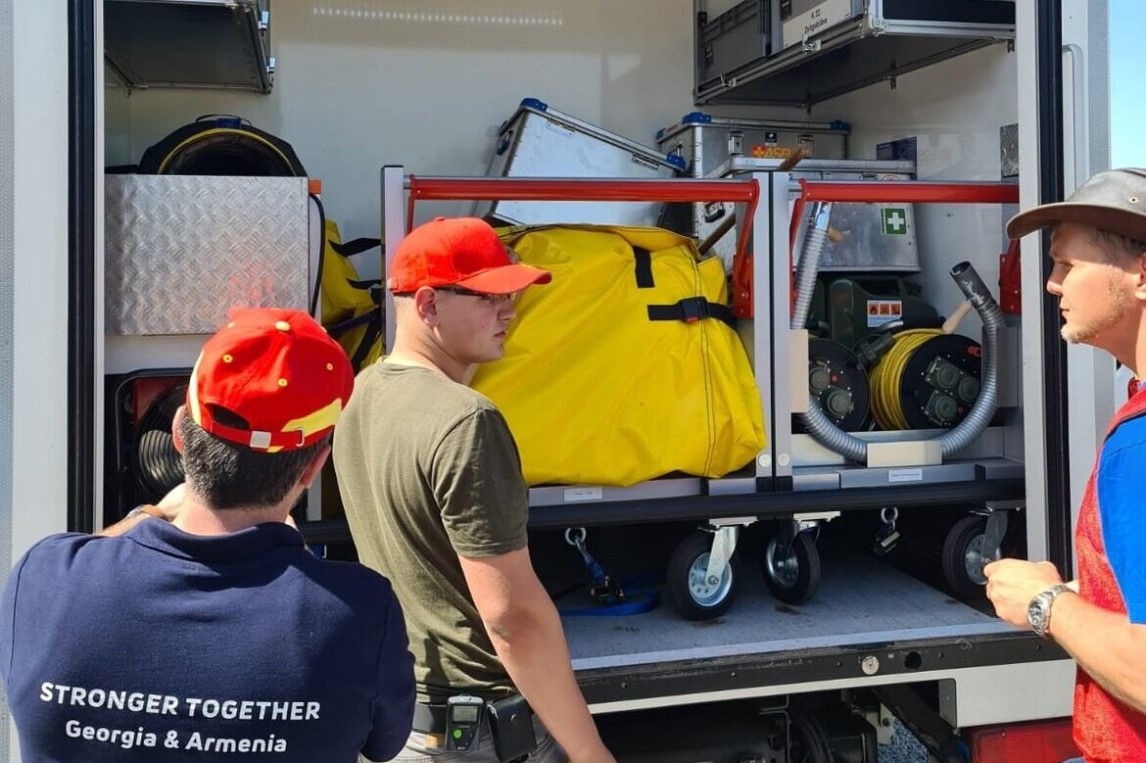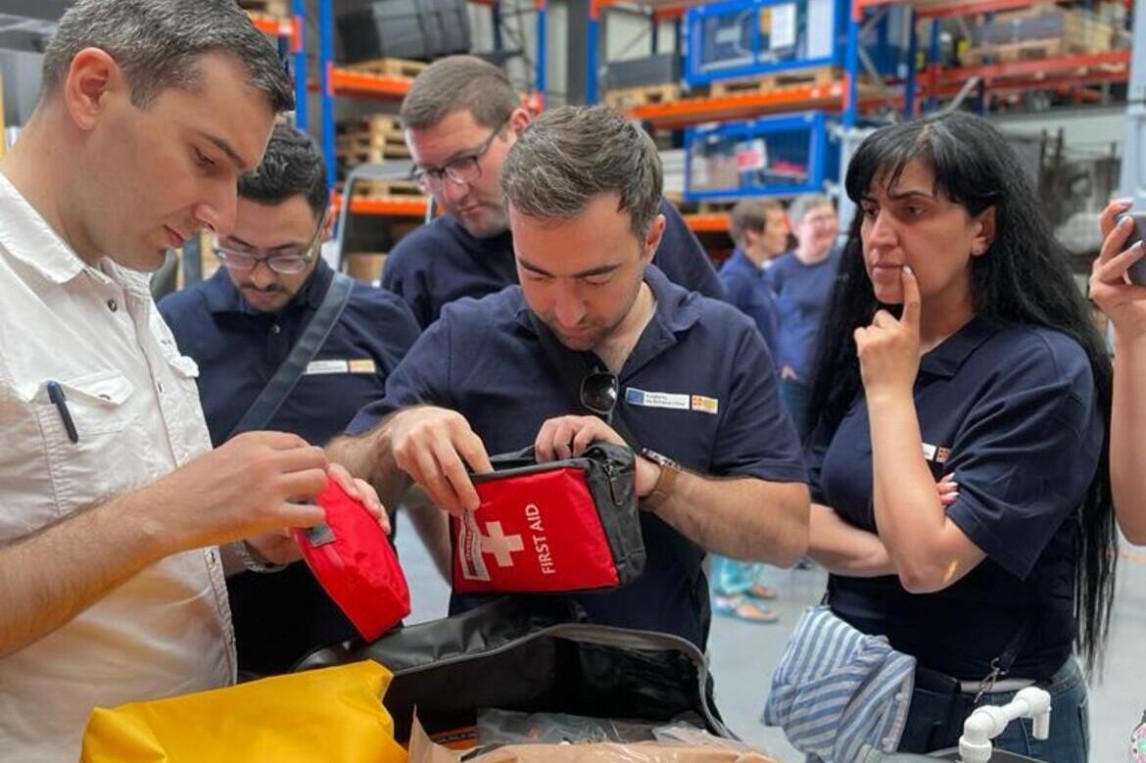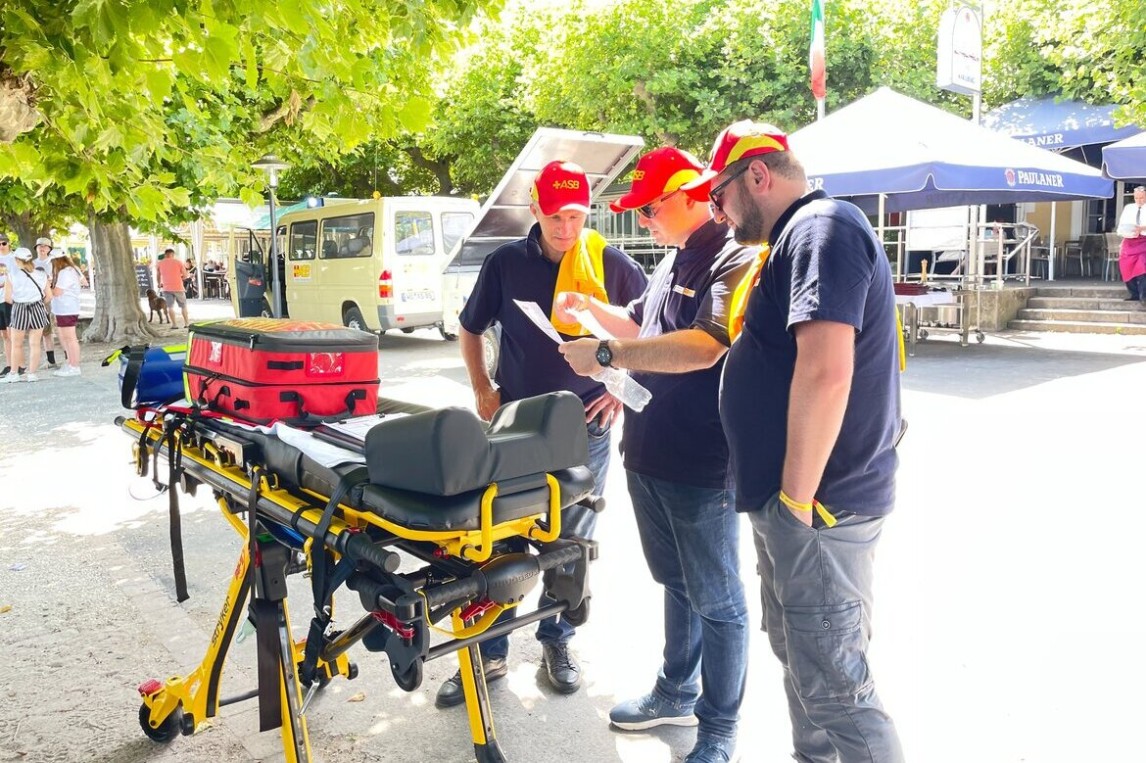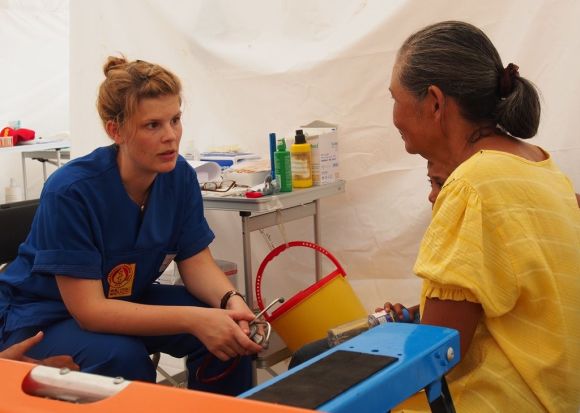-

Project title: Together we are stronger – cooperative action to respond to cross-border emergencies
-

Project region: Georgia, Armenia
-

Financing: Directorate-General for European Civil Protection and Humanitarian Aid Operations (ECHO)
-

Project volume: € 1,363,853.09
-

Duration: 2 years
-

Target group: Emergency medical technicians (EMTs)












